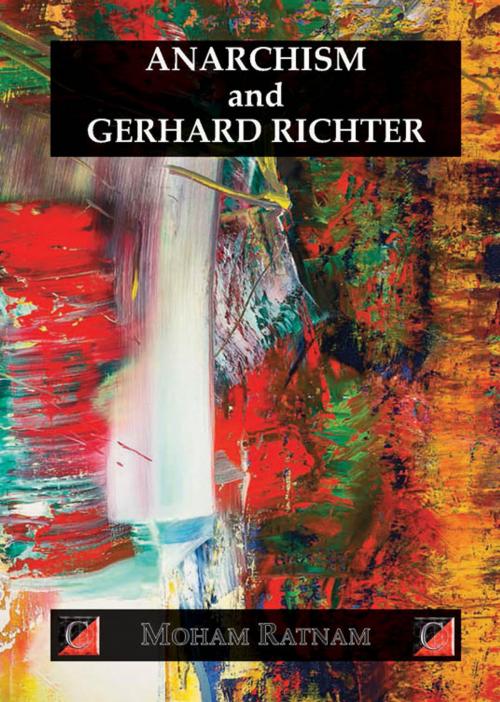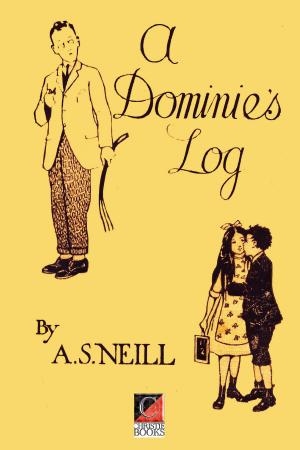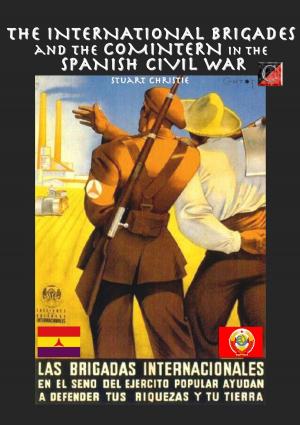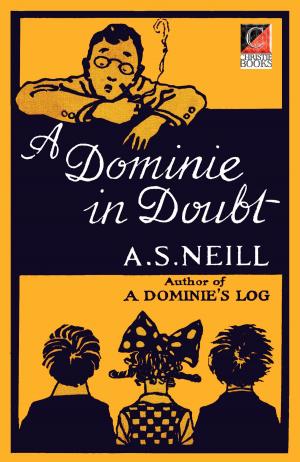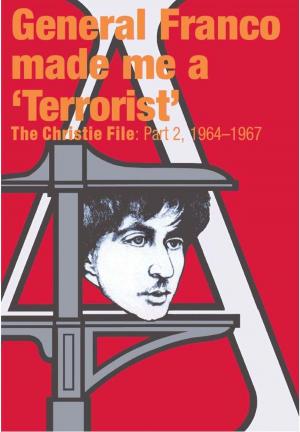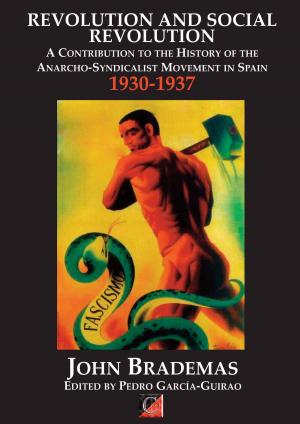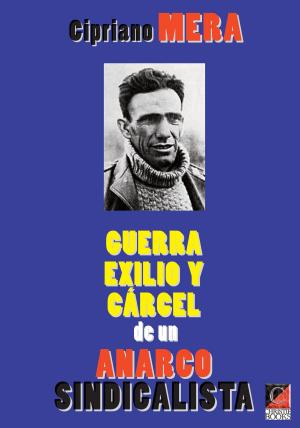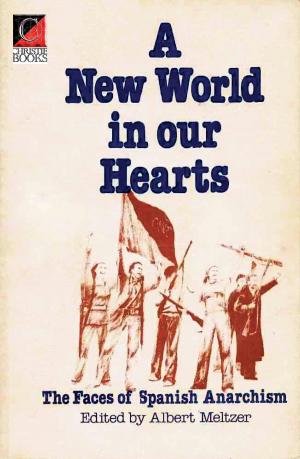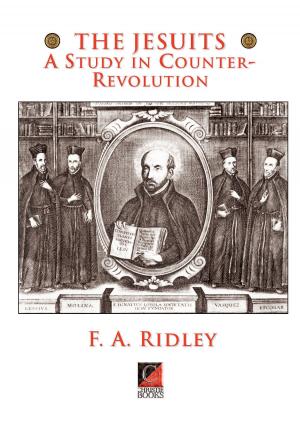ANARCHISM AND GERHARD RICHTER
Nonfiction, History, Revolutionary, Biography & Memoir, Artists, Architects & Photographers, Art & Architecture| Author: | Moham Ratnam | ISBN: | 1230001993110 |
| Publisher: | ChristieBooks | Publication: | November 7, 2017 |
| Imprint: | ChristieBooks | Language: | English |
| Author: | Moham Ratnam |
| ISBN: | 1230001993110 |
| Publisher: | ChristieBooks |
| Publication: | November 7, 2017 |
| Imprint: | ChristieBooks |
| Language: | English |
A study of Richter’s output as an artist, and the role of anarchism within it. “Anarchism is at its best when it goes beyond its analysis of the state and other social institutions to uncover an authoritarian consciousness which is not only shaped by authoritarian institutions, but also expresses itself through those exact institutions. Such an analysis sees no other answer than the transformation of this state to its opposite – a system of liberation social institutions which are the self expression of a creative, autonomous and co-operative person.
Seen in this light, Richter as an artist can be seen to at into the anarchist tradition – his works criticize the epoch in which they are set.
But Anarchism is a doctrine which has at its roots, direct Socio-Political thoughts and actions, Richter, rather uses the medium of painting to seek this emancipation, and painting is just not radical enough to do this. It is afterall an established bourgeois pastime.
Richter is an anarchist, but he produces an anarchy which is artificial given the limitations of painting. This ‘artificially’ plays great importance in his ‘18 October 77’ exhibition about the fate of the ‘Baader Meinhoff group’, or Red Army Fraction.
A study of Richter’s output as an artist, and the role of anarchism within it. “Anarchism is at its best when it goes beyond its analysis of the state and other social institutions to uncover an authoritarian consciousness which is not only shaped by authoritarian institutions, but also expresses itself through those exact institutions. Such an analysis sees no other answer than the transformation of this state to its opposite – a system of liberation social institutions which are the self expression of a creative, autonomous and co-operative person.
Seen in this light, Richter as an artist can be seen to at into the anarchist tradition – his works criticize the epoch in which they are set.
But Anarchism is a doctrine which has at its roots, direct Socio-Political thoughts and actions, Richter, rather uses the medium of painting to seek this emancipation, and painting is just not radical enough to do this. It is afterall an established bourgeois pastime.
Richter is an anarchist, but he produces an anarchy which is artificial given the limitations of painting. This ‘artificially’ plays great importance in his ‘18 October 77’ exhibition about the fate of the ‘Baader Meinhoff group’, or Red Army Fraction.
